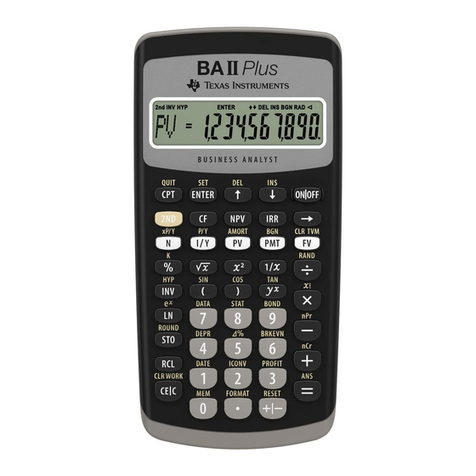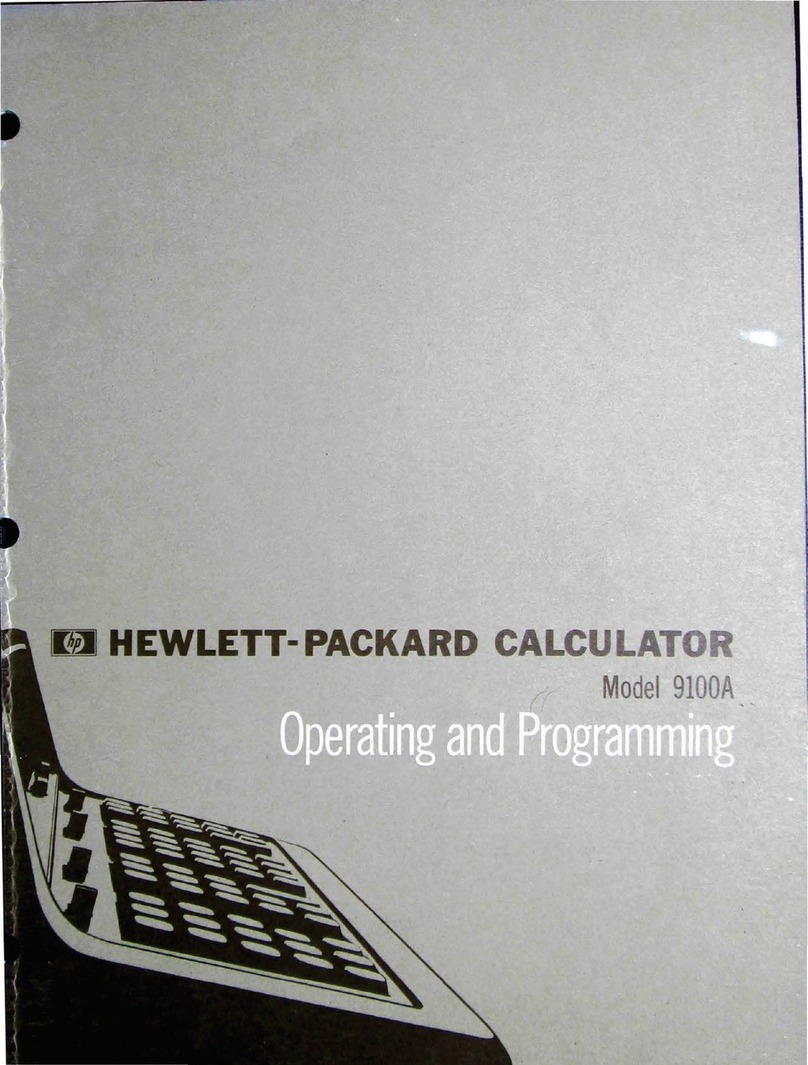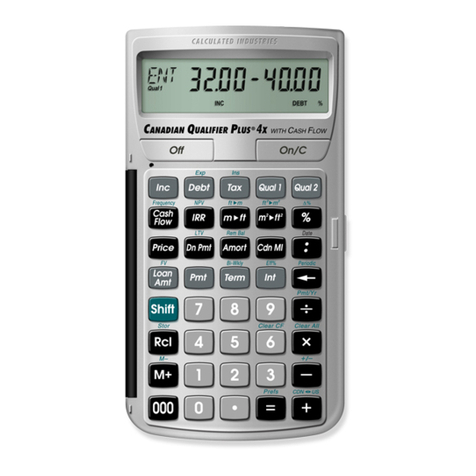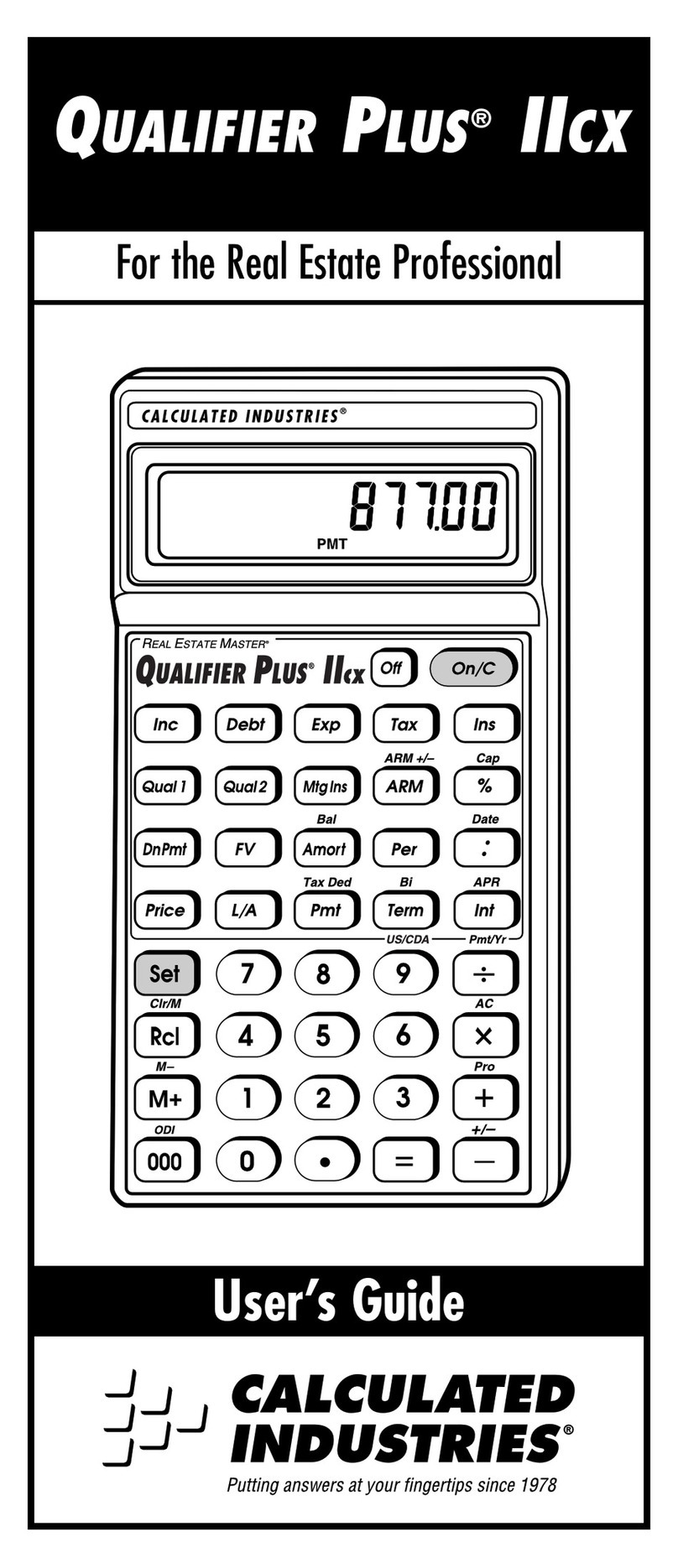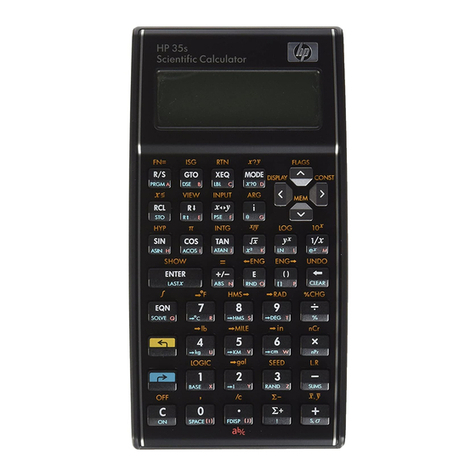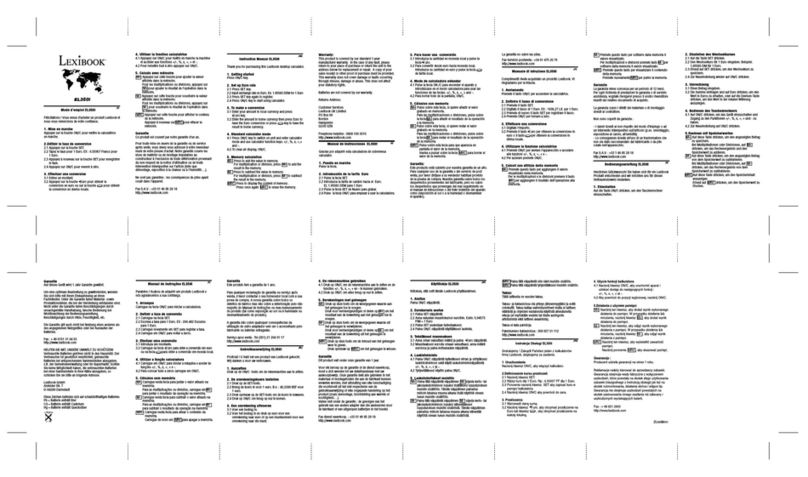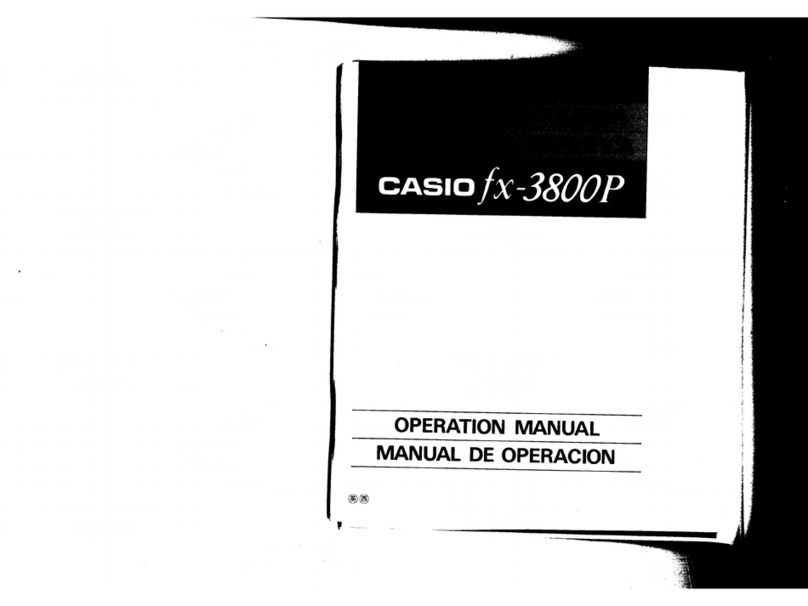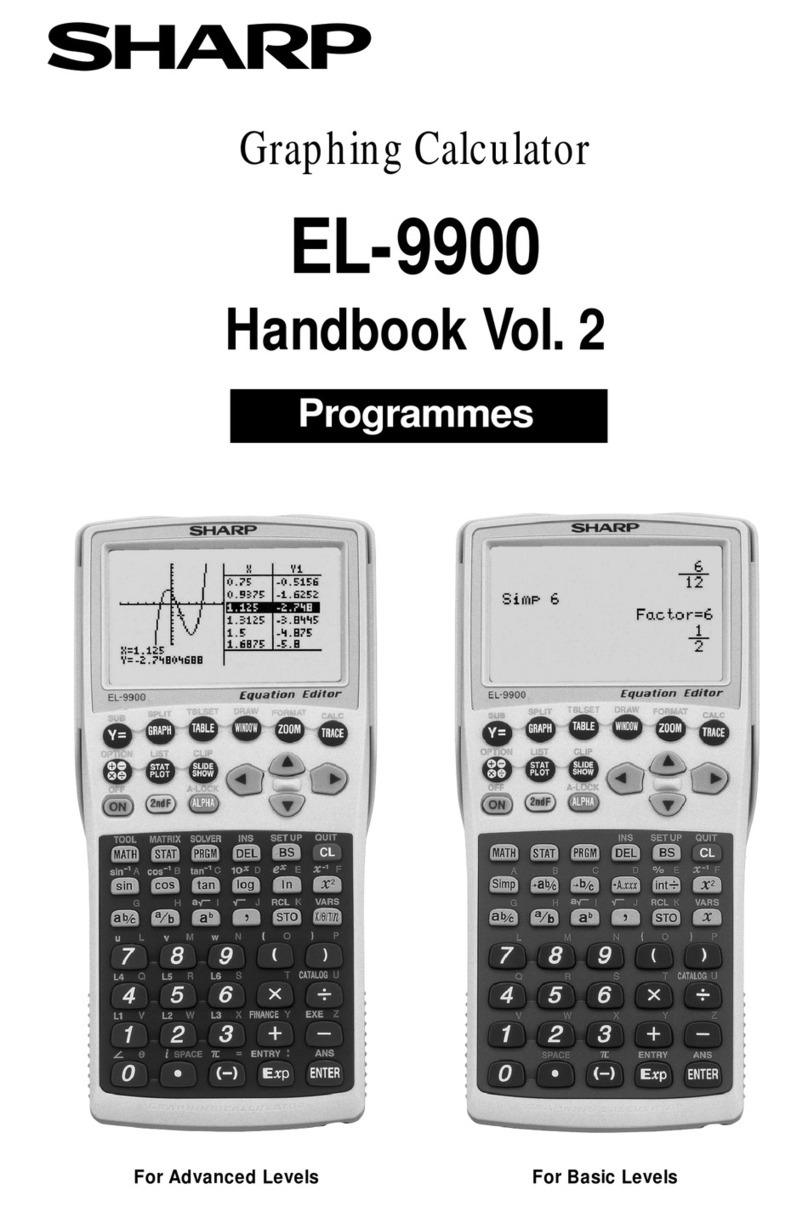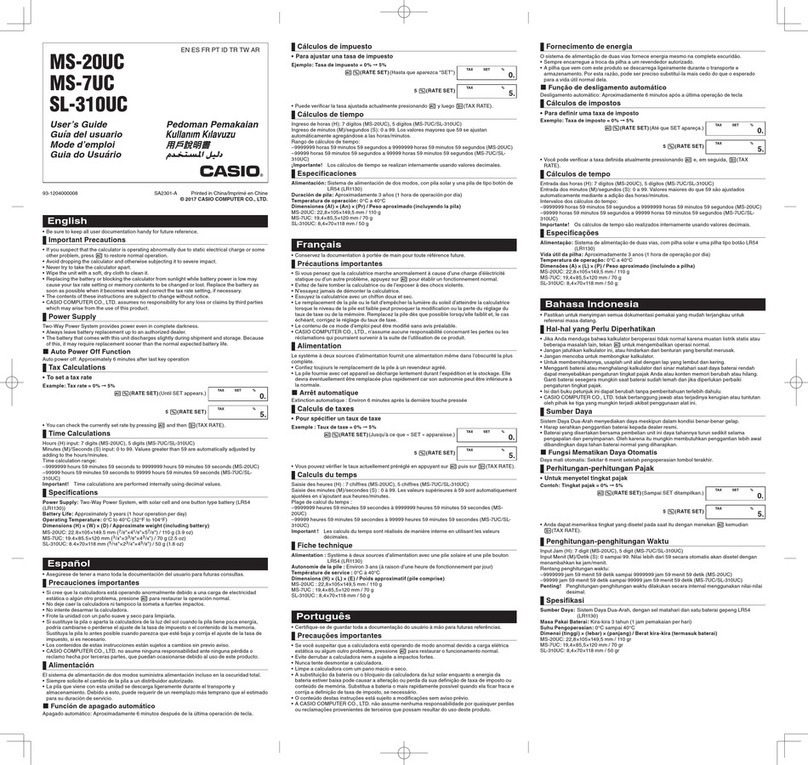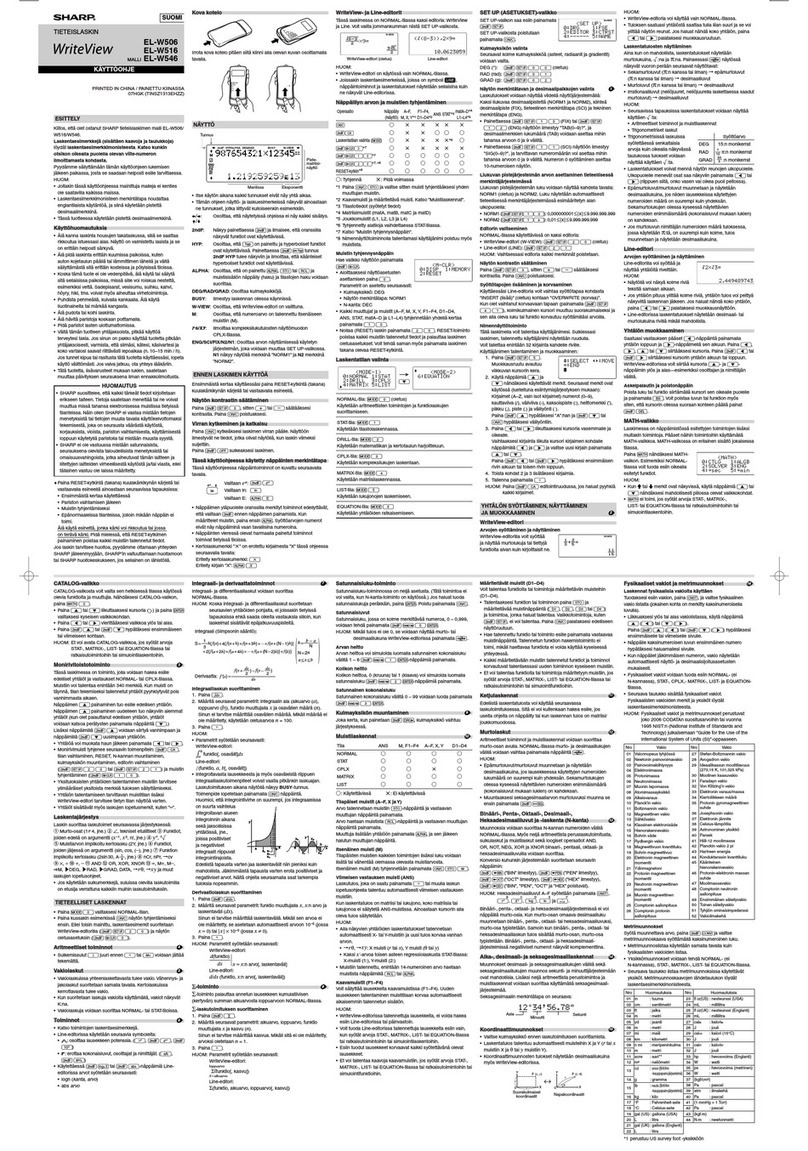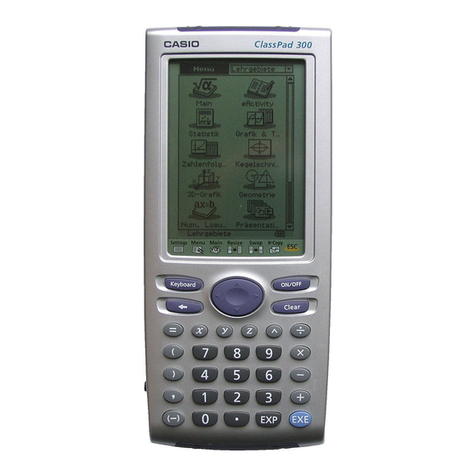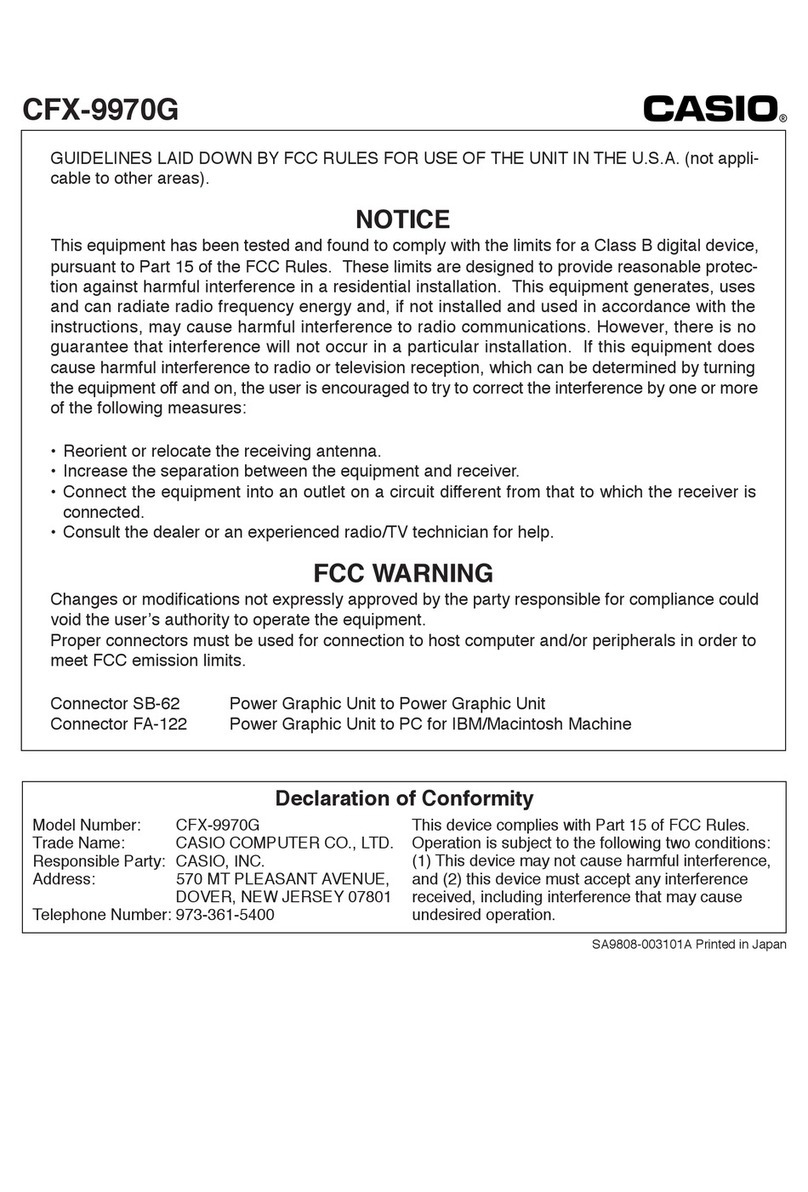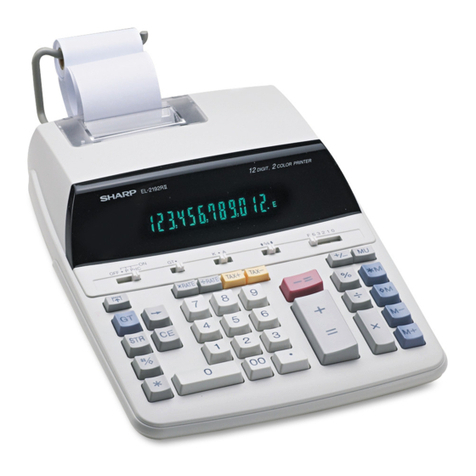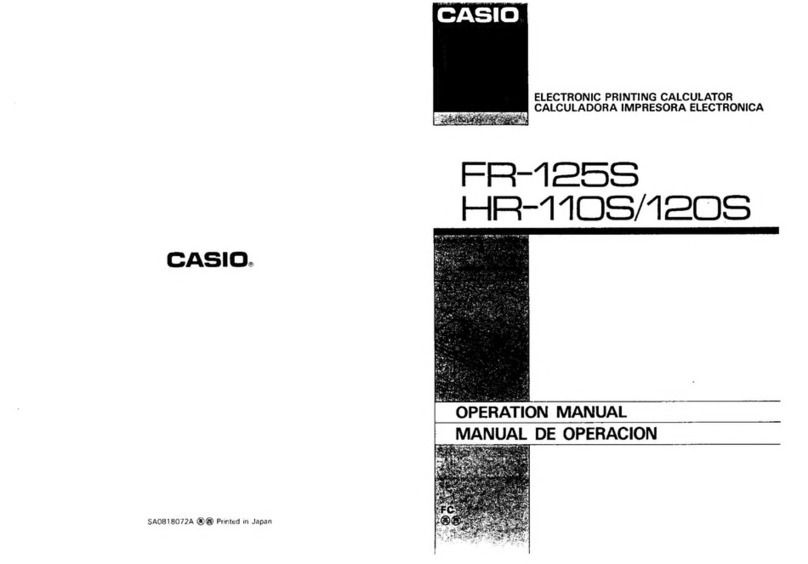
41CL User Manual
© 2019, Systemyde International Corporation 3
Table of Contents
1. Introduction ......................................................................................................... 5
Can my calculator be upgraded? ................................................................7
2. Getting Started .................................................................................................... 9
Installing the 41CL Circuit Board ..............................................................9
Initial Software Configuration ....................................................................18
3. 41CL Extra Functions .........................................................................................20
Extra Functions Parameter Passing ........................................................... 21
MMU Functions ........................................................................................... 22
MMUCLR ...............................................................................................22
MMUDIS ................................................................................................ 22
MMUEN ................................................................................................. 22
MMU? .................................................................................................... 23
Turbo Functions ...........................................................................................23
TURBOX ............................................................................................... 23
TURBO2,TURBO5,TURBO10,TURBO20,TURBO50 ................24
TURBO? ................................................................................................24
Plug into Port/Unplug from Port Functions .............................................. 24
PLUG1,PLUG2,PLUG3,PLUG4 .....................................................25
PLUG1L,PLUG2L,PLUG3L,PLUG4L,PLUGP ............................26
PLUG1U,PLUG2U,PLUG3U,PLUG4U,PLUGH ..........................27
UPLUG1,UPLUG2,UPLUG3,UPLUG4 ..........................................28
UPLUG1L,UPLUG2L,UPLUG3L,UPLUG4L,UPLUGP ............. 28
UPLUG1U,UPLUG2U,UPLUG3U,UPLUG4U,UPLUGH ........... 29
Memory Block Functions ............................................................................ 29
YMCLR .................................................................................................. 29
YMCPY .................................................................................................. 30
Memory/IO Read and Write Functions ..................................................... 31
YPOKE .................................................................................................. 31
YPEEK ...................................................................................................32
Memory Buffer Functions ........................................................................... 32
YBPNT ...................................................................................................33
YBPNT? ................................................................................................ 33
YBUILD ................................................................................................. 34
Flash Memory Functions .............................................................................34
YFERASE ............................................................................................. 35
YFWR .....................................................................................................35
Serial Port Functions ................................................................................... 36
SERINI ................................................................................................... 37
BAUD12,BAUD24,BAUD48,BAUD96 ...........................................38
